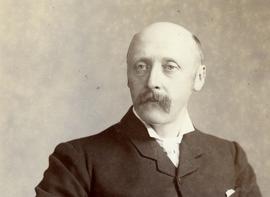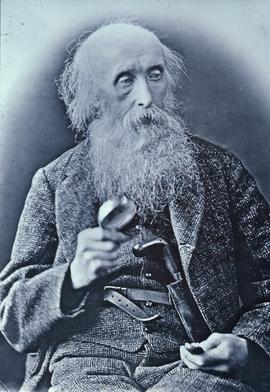- Q730292; GB/NNAF/P142840
- Person
- 1799-1868
Born Edinburgh 1799: died Glasgow 1868.
George Walker Arnott entered the University of Edinburgh aged 14 and took his MA degree in 1818, having already published learned articles on mathematics. He then studied law but abandoned it (due to a dislike of public speaking) in favour of botany, and in the early 1820s went to France to exchange views and excursions with the great French botanists, for a time working in the Paris herbaria. He became famous for his work on cryptogams. He was elected a fellow of the Linnean Society in 1825 and in 1828 the genus Arnottia was named after him. Between 1830 and 1840 Arnott worked with Sir William Jackson Hooker building a reputation as a meticulous taxonomist. His descriptions of new plants from South America, India and Senegambia were published in various journals and he co-operated with Robert Wight in his Illustrations of Indian Botany. In 1837 the University of Aberdeen awarded him its LLD and in 1845 he was elected Regius Professor of Botany at Glasgow University. In 1850 he collaborated with Hooker on the sixth edition of 'British Flora'. At that time he studied and built up a collection of diatoms. Although ‘disinclined’ to publish, his obituary in the Journal of Botany notes that ‘his marvellous letters … to his numerous working correspondents’ made his scientific observations equally useful. He was also an enthusiastic curler and freemason.
Sources: DNB; Desmond's Dictionary; Jnl Bot 1868; Gard Chron 1868
by D.W.



